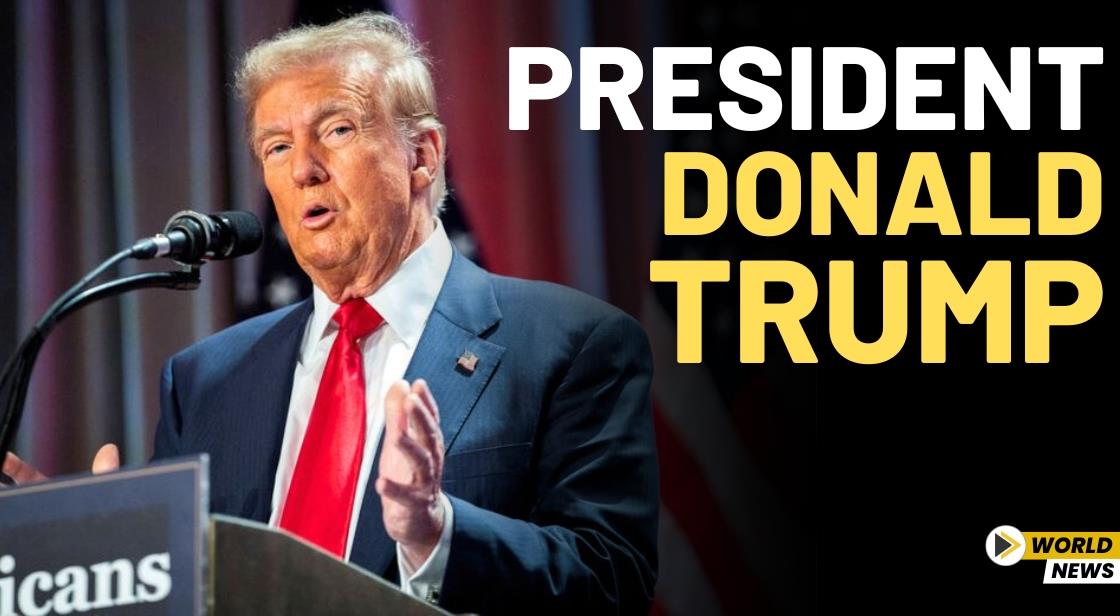How Donald Trump's Reciprocal Tariffs Could Impact India's Economy

News Synopsis
India is facing a major challenge in global trade as US President Donald Trump enforces his 'reciprocal tariffs' policy starting April 2. As the world’s fifth-largest economy, India stands to lose billions as key export sectors—including gems, jewellery, pharmaceuticals, and automobiles—come under higher US duties.
These new tariffs threaten businesses, jobs, and economic growth, raising concerns about how India can mitigate the damage.
During a joint session of the US Congress, US President Donald Trump justified the move, saying other countries have imposed high tariffs on US goods for years, and now it’s America’s turn to respond. He specifically pointed to India, highlighting that the country imposes tariffs exceeding 100% on auto imports from the US.
As India's export-driven industries brace for impact, the crucial question remains: How much will these tariffs cost India, and can New Delhi negotiate a trade relief before irreversible damage occurs?
India at Risk: Understanding the Tariff Impact
Why India Is More Vulnerable Than Other Countries
While Canada, Mexico, and China have faced US tariffs in the past, India had largely avoided them. However, from April 2, these new tariffs will apply to all countries, including India.
Economic experts suggest that India is particularly vulnerable due to its large tariff gap with the US. According to a media agency, India imposes significantly higher import duties on American products compared to what the US levies on Indian goods.
A Deutsche Bank analysis found that, on average, India’s import tariffs on US products are more than 10 percentage points higher than what the US charges on Indian imports. If the US decides to equalize tariffs, India could face serious economic setbacks.
Potential Losses: A $7 Billion Hit to Indian Exports
Industries at Risk
A Citi Research report estimates that India could lose around $7 billion annually due to the new tariffs. The industries most affected would include:
-
Pearls, gems, and jewellery – $8.5 billion in exports to the US
-
Pharmaceuticals – $8 billion in exports
-
Petrochemicals – $4 billion in exports
-
Metal products, chemicals, and automobiles
US-India Trade Imbalance
-
India’s total exports to the US in 2024 were $74 billion, whereas American exports to India stood at $42 billion.
-
In 2023, India imposed an average weighted tariff of 11% on imports, which was 8.2 percentage points higher than what the US charged on Indian exports.
-
US products such as wood, machinery, footwear, and transport equipment already face tariffs ranging from 7% to 68% when entering India.
According to a White House fact sheet, the US applies an average Most Favoured Nation (MFN) tariff of 5% on farm goods, whereas India imposes tariffs as high as 39% on the same products. If the US enforces reciprocal tariffs on agricultural goods, India’s food and farm exports could be hit the hardest.
Economic Slowdown: The Bigger Picture
India’s GDP Growth at Risk
A report by India Ratings and Research (Ind-Ra) predicts that India’s exports to the US could decline by $2 billion to $7 billion in the financial year 2025-26 due to these tariffs. This could potentially reduce India’s GDP growth rate by 5-10 basis points, currently estimated at 6.6%.
Between April and December of the current fiscal year, India’s exports to the US grew by 5.57% to $59.93 billion, while US imports into India increased by 1.91% to $33.4 billion. With the new tariffs in place, this trend could reverse, slowing India's overall economic momentum.
India’s Trade Strategy: Can New Delhi Mitigate the Impact?
Bilateral Trade Negotiations
India and the US have set a target to double two-way trade to $500 billion by 2030. Both countries are also negotiating a Bilateral Trade Agreement (BTA), expected to be finalized by late 2025.
To ease trade tensions, India has already reduced tariffs on several American goods, including:
-
High-end motorcycles: Reduced from 50% to 30%
-
Bourbon whiskey: Reduced from 150% to 100%
Additionally, India has increased energy imports from the US and purchased more defense equipment to strengthen trade ties.
Conclusion
The introduction of reciprocal tariffs by the US under President Donald Trump’s trade policy poses a serious threat to India’s export-driven economy. With an estimated annual loss of $7 billion, major sectors such as jewellery, automobiles, and pharmaceuticals are at risk of declining revenues. The new tariffs could also reduce India’s GDP growth by 5-10 basis points, affecting overall economic momentum.
However, India is actively working to mitigate the impact by negotiating trade agreements and reducing tariffs on select American goods. The upcoming Bilateral Trade Agreement (BTA) between India and the US could play a key role in resolving these tensions and protecting India’s economic interests. As global trade dynamics continue to shift, India must navigate carefully to maintain its growth trajectory while securing favorable trade terms with the US.
You May Like









